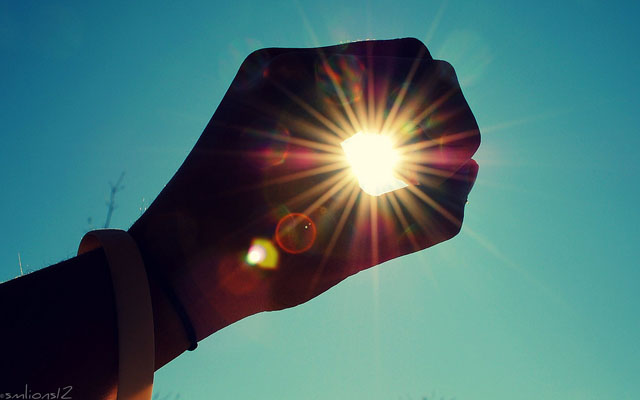Photophobia - what is, definition and symptoms

Photophobia- heightened sensitivity to bright light, usually the result of INFLAMMATION or irritation to structures of the EYE or with MYDRIASIS (extended dilation of the pupil). Photophobia causes discomfort in the eye ranging from a burning sensation to outright PAIN. Often there is excessive tearing and the eye becomes reddened in response to the irritation. In severe photophobia it may be impossible to keep the eye open. Photophobia is common in the HEALING period following CATARACT EXTRACTION AND LENS REPLACEMENT and CORNEAL TRANSPLANTATION.
Photophobia Symptoms
Photophobia may be a symptom of numerous conditions affecting the eye, including
- CORNEAL INJURY, such as ABRASIONS and burns
- INFECTION, such as BLEPHARITIS, CONJUNCTIVITIS, IRITIS, HORDEOLUM, KERATITIS, UVEITIS
- CHALAZION
- ENTROPION
- Dirty contact lenses or contact lenses worn too long
Photophobia that occurs with FEVER may indicate MENINGITIS and requires emergency medical attention.
The diagnostic path typically includes SLIT LAMP EXAMINATION with FLUORESCEIN STAINING to determine whether there is corneal injury and OPHTHALMOSCOPY to evaluate the structures of the inner eye. These examinations often require anesthetizing drops in the eye to numb the discomfort the lighted instruments cause. Treatment targets the underlying cause, which, when resolved, generally ends the photophobia. ANTIBIOTIC MEDICATIONS, usually ophthalmic solutions or ointment placed in the affected eye, are necessary to treat bacterial infections. Wearing sunglasses to restrict the amount of light that can enter the eye helps reduce the sensitivity response. Some people are naturally photophobic without underlying eye conditions and should wear sunglasses for improved comfort in bright-light settings.
See also BACTERIA; TRAUMA TO THE EYE.